During the past decade Laser surgery (Laser treatment) has become a significant method of treating myopia (shortsightedness).
A previous method called radial Keratotomy was used during the 20th century and involved multiple linear incisions in the cornea to flatten its shape in an attempt to restore distant focus. While this technique was effective, it weaken the cornea making it more liable to rupture. Furthermore, the focus of the eye varied during the day in response to the fluid pressure inside the eye. This technique is no longer used.
Laser techniques are now used to re-shape the cornea (the clear membrane in front of the pupil and iris) which is made up of a number of layers. The epithelial cells are like ceramic tiles, which are attached to the underlying stroma (equivalent of the concrete slab).
Initially a technique known as Photorefractive Keratectomy (PRK) was used. This involved removing the epithelial cells and using a laser to reshape the underlying tissue, very much like a lathe is used to reshape wood or metal. No pain is experienced during the procedure, which is done under local anaesthetic. However, significant discomfort is experienced while the cells regrow to cover the surface. A disadvantage with this technique was that the focus of the eye took up to six months to stabilise. While this method is still used in certain circumstances, the Lasik technique was subsequently developed which minimises discomfort and has a quicker recovery period.
Lasik involves cutting a very thin flap through the stroma. This flap is then lifted and the underlying stroma reshaped with the laser. The flap is then repositioned. Because the majority of the overlying epithelial cells are not disturbed vision recovery is rapid and discomfort following the procedure is minimised.
There are now a number of variants of this technique.











